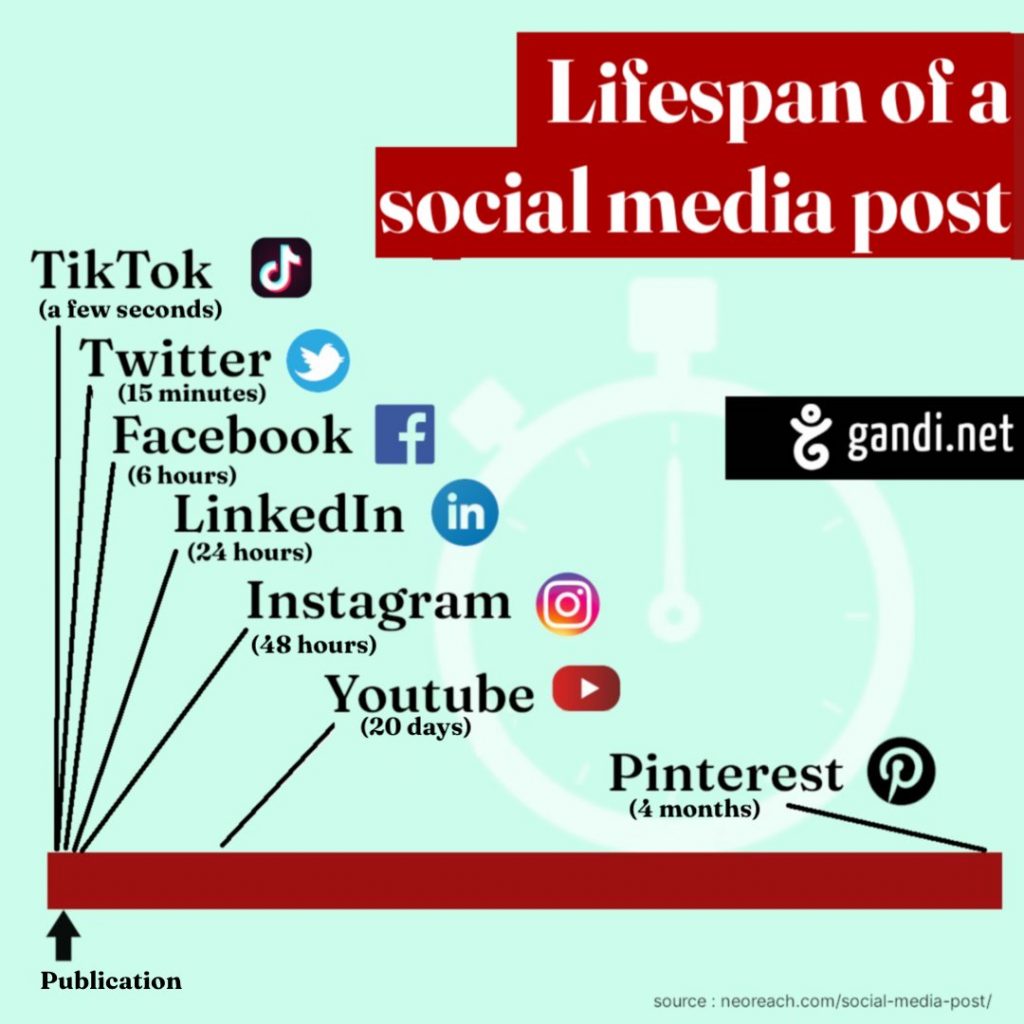Beyond the ‘Gram: Elevating Fashion Brands from Social Media to a Comprehensive Digital Presence

Fashion brands have become adept at weaving compelling narratives through social media platforms like Instagram. These platforms are powerful storytelling tools, enabling brands to connect with their audience through visually stunning content and engaging interactions. However, relying on social media as the primary or sole channel for online presence is not challenging. This nuanced exploration delves into the strategic benefits of expanding a fashion brand’s digital footprint beyond the confines of social media. By integrating dedicated websites and e-commerce platforms into their digital strategy, fashion brands can unlock new levels of brand visibility, credibility, and consumer engagement, setting the stage for sustained growth and success in the digital realm.
The allure of social media for brand promotion is undeniable. Platforms like Instagram offer unparalleled opportunities for reach and engagement, allowing brands to showcase their collections, share behind-the-scenes glimpses, and interact directly with their audience.
However, the landscape of social media is ever-changing, with algorithm updates and platform policies posing potential risks to visibility and engagement. Moreover, the inherently ephemeral nature of social media content can limit a brand’s ability to convey the depth and breadth of its identity and values.
This blog explores the strategic advantages of broadening a fashion brand’s digital presence beyond social media to embrace dedicated websites and e-commerce platforms. It highlights how a robust, unified online presence can significantly enhance brand visibility, credibility, and consumer engagement.
The Limitations of Social Media-First Strategies
Social media has become the linchpin for fashion brands aiming to carve their niche in a highly competitive market. Platforms like Instagram, Facebook, and TikTok offer amazing opportunities for visual storytelling, allowing brands to showcase their aesthetic, connect with their audience, and build a community around their identity. Despite these benefits, a strategy that prioritizes social media as the primary or sole digital presence carries significant risks and limitations that could impede a brand’s growth and undermine its stability in the long run.
The Whims of Algorithms
One of the most volatile aspects of relying heavily on social media platforms is the frequent and unpredictable changes to their algorithms. These algorithms determine what content gets seen and by whom, playing a critical role in a brand’s visibility and engagement. For instance, a brand that has tailored its content strategy to perform well under a particular algorithm might find its reach drastically reduced overnight due to an unannounced update. The Instagram algorithm of 2016 serves as a stark example when it shifted from a chronological to an engagement-based feed, causing many brands to see a significant drop in their post visibility.

The Precariousness of Borrowed Space
Another considerable risk is the lack of control brands have over their presence on these platforms. Social media sites are, in essence, borrowed spaces. They are governed by the platforms’ policies and terms of service, which can change at the platform’s discretion. This means that content can be removed, features can be restricted, and accounts can even be suspended or deleted with little to no recourse for the brands affected.
For instance, in 2018, Facebook changed its News Feed algorithm to prioritize content from friends and family over that from brands and publishers, challenging many brands’ ability to connect with their audience.
The Constraints of Content
While social media excels at visual storytelling, it often falls short when it comes to offering the depth and functionality that brands need to provide a comprehensive brand experience. Social platforms are primarily designed for quick consumption, making it difficult for brands to convey the story, ethos, and craftsmanship behind their products meaningfully. Additionally, e-commerce capabilities on these platforms are often limited, not allowing for the customization and nuanced brand experience that a dedicated website can offer.
Mitigating Risks with a Multi-faceted Digital Strategy
To counterbalance these limitations, fashion brands increasingly recognize the importance of adopting a multi-faceted digital strategy. This includes establishing a robust online presence through dedicated websites and custom domain names.
Owning a domain and website offers brands a stable platform that they control entirely, free from the whims of social media algorithms and policy changes. It allows for deeper storytelling, where the brand’s ethos, history, and the narrative behind each collection can be fully explored. Furthermore, websites offer enhanced e-commerce functionality, enabling brands to create a seamless, branded shopping experience from discovery to checkout.
For example, consider a hypothetical brand, “LuxeThreads.cfd” that specializes in luxury apparel. By choosing a .cfd domain, the brand immediately communicates its focus on clothing and fashion design. The website could feature detailed brand storytelling, including the origins of materials, the craftsmanship behind each piece, and styling advice, all of which are difficult to convey through social media alone.
An integrated e-commerce platform also allows for a curated shopping experience, personalized recommendations, and exclusive online promotions, further enhancing consumer engagement and loyalty.
The Role of .CFD in Fashion Branding
In today’s digital marketplace, establishing a memorable and distinctive digital identity is crucial for fashion brands. The choice of domain extension is pivotal, offering a strategic avenue to underscore a brand’s essence. The .cfd domain, which stands for “Clothing & Fashion Design,” is a game-changer for fashion brands aiming to communicate their specialization and commitment to fashion clearly.
- Immediate Industry Recognition: A .cfd domain directly associates your brand with the fashion and design industry, offering instant clarity and alignment with your market niche. It tells your audience, at a glance, what your core focus is, ensuring you attract the right demographic.
- Enhanced Brand Distinction: In a competitive digital world, a .cfd domain helps your fashion brand stand out. It’s like having a unique storefront on a busy street; it catches the eye and promises something special.
- SEO Benefits: Search engines prioritize relevance in their algorithms. A keyword or exact match .cfd domain name can improve your brand’s SEO by making it more relevant to fashion-related searches, driving targeted traffic to your site.
- Market Positioning: This domain extension can help position your brand among high-end fashion and design names, associating it with quality and exclusivity.
- Memorability and Marketing: A creative .cfd domain is easy for customers to remember and offers novel marketing opportunities. It can become a catchy tagline, a campaign focus, or a brand message, enabling deeper engagement with your audience.
Integrating E-commerce into Brand Strategy
For fashion brands, e-commerce isn’t just an add-on; it’s a critical component of a holistic brand strategy. The digital era’s storefront allows brands to showcase their collections and engage directly with consumers.
- Personalized Customer Experience: E-commerce platforms can be tailored to offer personalized shopping experiences, from customized product recommendations to personalized shopping assistance, enhancing customer satisfaction and loyalty.
- Streamlining the Purchase Path: Integrating e-commerce streamlines the path from discovery to purchase, reducing friction in the buying process and potentially increasing conversion rates.
- Expanding Global Reach: With e-commerce, fashion brands can transcend geographical boundaries, making their products available worldwide and tapping into new markets.
- Innovative Engagement Strategies: E-commerce enables innovative engagement strategies, such as virtual try-ons, augmented reality showrooms, and interactive product stories, which can significantly enhance the online shopping experience.
- Robust Data Analytics: Integrating e-commerce into your brand strategy provides access to robust analytics, offering insights into customer behavior, preferences, and trends. This data is invaluable for informed decision-making and strategic planning.
In conclusion, expanding a fashion brand’s digital presence beyond social media to include a .cfd domain and e-commerce functionality is beneficial and essential for contemporary brand building. This approach enhances brand visibility and credibility and opens up new avenues for consumer engagement and business growth. By strategically leveraging these digital assets, fashion brands can create a more cohesive, engaging, and profitable online presence.
Tagged in .cfd


